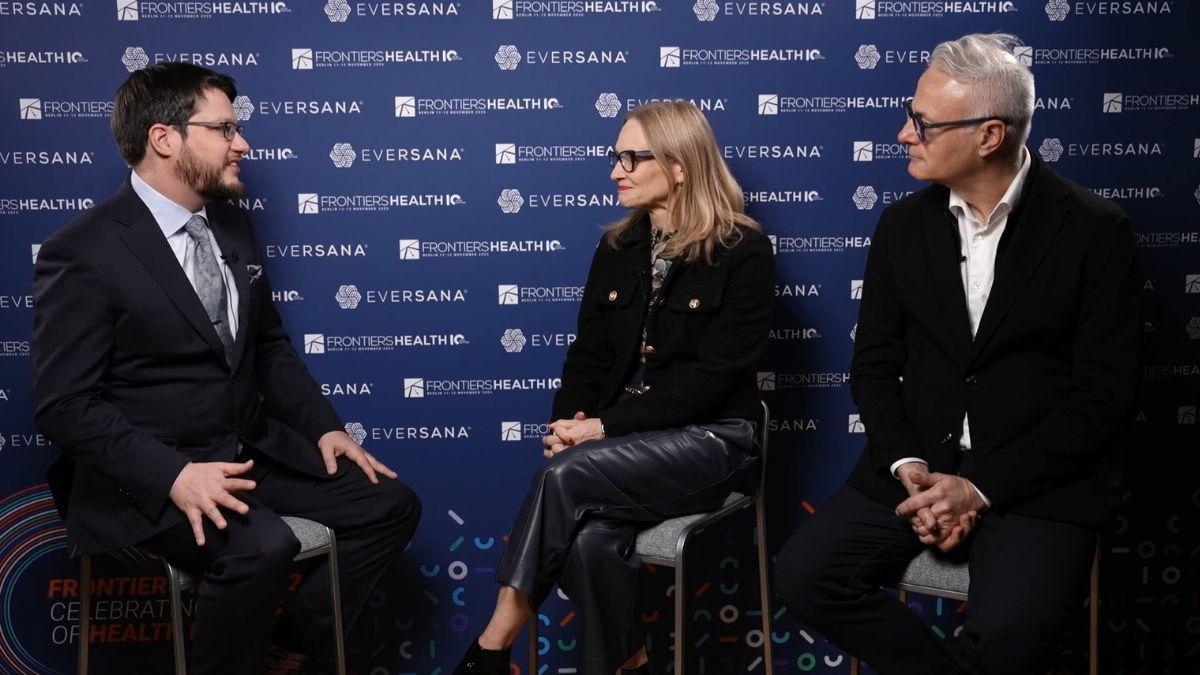How to advance more late-stage neuroscience drugs to regulatory approval

As a practicing neuropsychiatrist for more than a decade, I witnessed firsthand the profound unmet need in neurological and psychiatric disorders including epilepsy, neurodegenerative diseases, schizophrenia, and depression, as well as various rare neurological diseases.
While many leaders in clinical research work to develop new therapies with the potential to improve the health and quality of care for millions of patients, several unique challenges in targeting neurological and psychiatric disorders often delay or derail these programmes. Helping more promising therapies reach the finish line may require some new approaches that can bring together the full range of expertise and resources needed to succeed.
Factors hindering development progress in neuroscience
Clinical research in neuroscience indications can be highly complex and take many years to complete, which can drain resources and create investor fatigue. One key factor here is that trial endpoints are often rater-based outcomes that are prone to inter-rater variability.
One example is the HAM-D rating scale, which is currently a widely accepted standard for measuring depressive symptoms in trials of antidepressants. Patient assessments based on rating scales are often subjective and unable to provide a precise or holistic valuation of levels of depression or other behavioural or neuropsychiatric symptoms, which can vary widely in severity and frequency from patient to patient. With these limitations, it can be difficult for drug developers and regulators to align on acceptable and achievable endpoints. Other factors include understanding the precise neurobiology that drives neurological and psychiatric disorders, optimising the bioavailability of drugs in the brain, and importantly, building durable investor support for what is often considered high-risk research and development.
The need for a new business model
Recent data shows that venture capital (VC) dealmaking in the life sciences in 2023, including both the number of deals and the amount of money being invested, is on pace for its slowest year since 2017. The number of exit opportunities (e.g., M&A transactions, IPOs, etc.) is also at the lowest point in more than a decade.1
As interest rates have risen, investors have grown more sceptical of opportunities that do not fit their narrow criteria or that are perceived to have unacceptable risk profiles. This mindset can be especially detrimental to companies developing drugs for neurological and psychiatric disorders. Challenges in fundraising have meant that many life sciences companies working to develop drugs in these indications have been forced to deprioritise promising programmes, search for partnerships, or close down operations entirely.
Sensing opportunities in the chaos, some investors are joining with leaders in drug development to introduce new business models that can resuscitate and advance promising programmes that have stalled or are not advancing as rapidly as possible.
One example is the “identify-build-launch” model embraced by development companies, such as Neurvati Neurosciences, as well as several PE and VC firms. Under this model, firms position industry veterans to be their entrepreneurs and partners who can proactively scout for promising clinical-stage neuroscience programmes. These experts have a specialised ability to identify, diligence, and transact around high-quality assets, while bringing together the resources and expertise necessary to advance programmes through regulatory approval. From there, these entities can then consider many different strategic alternatives. Some options include a trade sale of an asset, pursuit of an IPO, or persistence as a private company. The identify-build-launch model offers higher levels of efficiency and flexibility in bringing together the right mix of resources and expertise to advance programmes as proficiently as possible.
In many cases, these efforts involve later stage programmes that are supported by compelling efficacy and safety data, which can help mitigate investor scepticism. The key to success is to have a team with extensive experience in neuroscience research and development who can tap into a global network to identify and review promising technologies.
The vetting process can help identify instances where a promising drug is stalled for reasons that are surmountable, including suboptimal trial design or limited investor interest. In some cases, these efforts can generate new interest in a drug that had a failed clinical trial, when a review of available data provides new insights into mechanistic and biological rationale and potential for development in the same or a different indication.
In this scenario, discovering promising assets is just one part of a larger equation. To be successful, the identify-build-launch model must bring together the financial and professional resources necessary to succeed at every phase – from identifying and transacting on promising assets to planning for the optimal strategy to advance clinical development. All parties joining in these efforts must understand and agree on the capital requirements and development timelines, as well as the competitive dynamics and market opportunities that these drug candidates present in neurological and psychiatric indications. In these discussions, firms must build investor or partner confidence by demonstrating that they have the infrastructure, resources, and expertise in place to be successful.
Strategies for drug developers
Along with investors, drug developers are critical to the success of this model. They must be prepared to engage in a fulsome diligence process, including non-clinical, preclinical, clinical, and regulatory information. They must offer a clear assessment of the unmet medical need and market opportunity. And they must articulate a well-informed and well-formulated regulatory strategy. The environment for investment in the life sciences overall is very challenging and likely to remain so for a while. More than ever, development programmes must align with the sometimes narrow criteria adopted by many leading life sciences investors and drug developers must plan to be flexible in negotiations and planning.
The path forwards
Despite the challenges, there is strong evidence indicating that we may be entering a “golden age” of clinical development in neuroscience where, at a minimum, the playing field is becoming more comparable to programmes in other therapeutic areas. This is primarily a result of advances in precision medicine approaches and a better understanding of the biological underpinnings of brain and nervous system diseases based on new insights into human genetics, advanced imaging modalities, and new plasma, cerebrospinal fluid (CSF), and electrophysiological biomarker technologies.
By broadening our understanding of the challenges associated with neurological and psychiatric diseases, coupled with strategic innovations in business models, industry leaders are positioned to advance more neuroscience development programs with great efficiency and reduced risk – representing a win-win for investors and patients in the years ahead.













